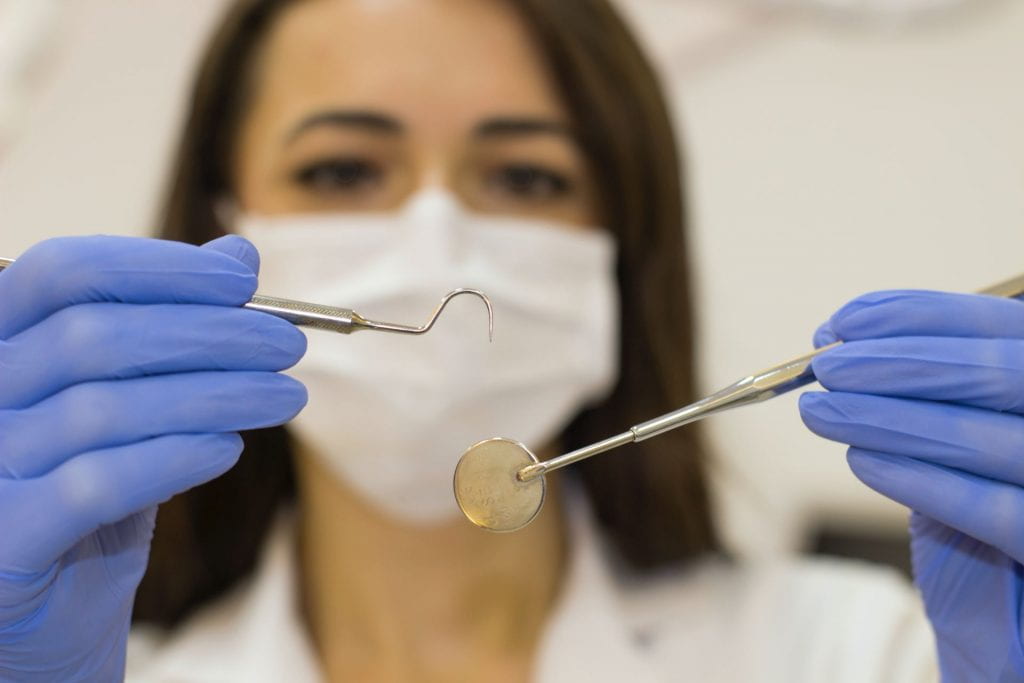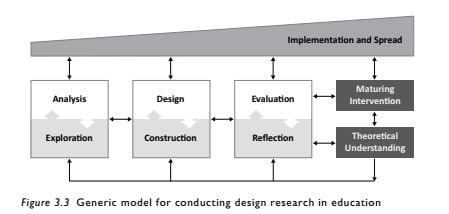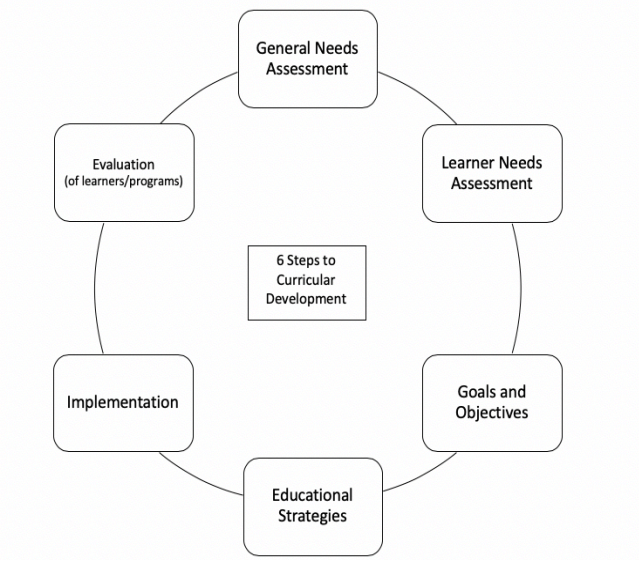
Dentistry is a hands-on profession. Dental, dental hygiene and therapy students will attest to the hours spent in laboratories, pre-clinical classes and dental clinics honing the psychomotor skills necessary to safely and effectively deliver care to their patients. In addition to exceptional psychomotor skills and a broad foundation of theoretical knowledge, interpersonal and reflective skills are also needed in the education of a skilled clinician. For centuries, the required learning activities have occurred in lecture theatres, seminar rooms and clinics with students and their teachers sharing the same physical space. The rapid disintegration of face-to-face teaching in early 2020 resulting from the CoVID-19 pandemic and associated social distancing mandates has been particularly jarring for a profession whose very essence lies within another’s personal space.
However, it has given those of us working in dental education the opportunity to reflect on how we might reframe dental education in the future by integrating the best that technology offers to support our students in acquiring the attributes necessary to become a competent clinical professional (Machado, Bonan, Perez, & Martelli, 2020).
Late last year, I was afforded the opportunity to lead a curriculum review of the two entry-to-practice degrees – the Bachelor of Oral Health (BOH) and the Doctor of Dental Surgery (DDS) – at the Melbourne Dental School. It has been over 10 years since the current curricula were designed and during that time, not only has technology advanced, but student expectations of their learning environment have also changed. Dental students are expecting that their time at dental school will include online learning, and they see this as helping them transition from a preclinical to a clinical environment (Inquimbert, Tramini, Romieu, & Giraudeau, 2019).
Much of the online learning the Melbourne Dental School students experience was adopted in acute response to the pandemic during 2020, and was not preceded with thoughtful decision-making. To maintain the continuity of dental education, educators scrambled to transition their teaching and learning activities from the traditional physical learning environment to the generally poorly understood, and to many mysterious, virtual environment. As I have been exploring the literature around curriculum, online learning and educational design research, I have been trying to determine how I can piece all these together.
From a pedagogical perspective, as a school we know what direction we should be moving in. We need to reframe how we engage in theoretical dental education to leverage the best from both online and face-to-face class time with a blended learning approach; active collaborative learning, authentic problem solving and opportunities for self-reflection.
The process of designing a new curriculum to meet accreditation standards of a health professions degree, whilst transitioning from a traditional face-to-face, lecture based approach to a blended, collaborative approach is a complex problem (or series of complex problems…) that requires practical solutions. When I first read about the Education Design Research framework (S. McKenney & Reeves, 2020) it seemed appropriate for smaller education design research questions…but to borrow from Kylie Minogue, I can’t get it out of my head.
Education design research involves the development of solutions to practical and complex problems. The theoretical knowledge developed during this iterative process can then inform the work of others (S. McKenney & Reeves, 2020). The three main phases of the model for conducting educational design research (analysis, design and evaluation) were based on models for instructional design and curriculum development (S. E. McKenney & Reeves, 2019).

The following video has a description of educational design research.
It therefore aligns with the model of curriculum design that I am employing (figure below) (Thomas, Kern, Hughes, & Chen, 2016). The ‘General Needs Assessment’ and ‘Learner Needs Assessment’ steps are ‘Analysis’, ‘Goals and Objectives’ and ‘Educational Strategies’ are ‘Design’ and the ‘Implementation’ and ‘Evaluation’ steps form the ‘Evaluation’ phase of the model for conducting design research in education (above).

However I have questions I need to answer before moving forward. Do I apply an education design research approach to designing a whole 3 (BOH) or 4-year (DDS) curriculum? Or should I be approaching this as multiple smaller research projects? Or should I be doing both? It would seem from the literature that the different steps in the curriculum design process could serve as individual education design research projects, but that they are likely to overlap (Kopcha, Schmidt, & McKenney, 2015). So with my head spinning with questions, possibilities and a little bit of fear I will end with Kylie again…
(Obviously a gif of Kylie’s ‘Spinning Around’ as opposed to just Kylie spinning around was what I was after here…however I could not find one. Also, I doubt it would be considered appropriate to have that much skin on display on a reflective blog on higher education!)
References
Inquimbert, C., Tramini, P., Romieu, O., & Giraudeau, N. (2019). Pedagogical Evaluation of Digital Technology to Enhance Dental Student Learning. Eur J Dent, 13(1), 53-57. doi:10.1055/s-0039-1688526
Kopcha, T. J., Schmidt, M. M., & McKenney, S. (2015). Editorial 31(5): Special issue on educational design research (EDR) in post-secondary learning environments. Australasian Journal of Educational Technology, 31(5), i-ix. doi:10.14742/ajet.2903
Machado, R. A., Bonan, P. R. F., Perez, D., & Martelli, J. H. (2020). COVID-19 pandemic and the impact on dental education: discussing current and future perspectives. Braz Oral Res, 34, e083. doi:10.1590/1807-3107bor-2020.vol34.0083
McKenney, S., & Reeves, T. C. (2020). Educational design research: Portraying, conducting, and enhancing productive scholarship. Med Educ, 55(1), 82-92. doi:10.1111/medu.14280
McKenney, S. E., & Reeves, T. C. (2019). Conducting educational design research (Second edition. ed.): Routledge.
Thomas, P. A., Kern, D. E., Hughes, M. T., & Chen, B. Y. (2016). Curriculum development for medical education : a six-step approach (Third edition. ed.): Johns Hopkins University Press.

The answer is YES! 🙂 EDR has 3 distinct foci – 1. Collaborative curriculum design (getting a TEAM with the right mix of skills together to redesign the curriculum), 2. starting with the problem (What are the graduate outcomes?), 3. Developing transferable design principles that can be applied to other contexts – here is the transferability of what is learnt in the design of one course to the entire curriculum – rather than reinventing the wheel for each course! PS – your design team could include someone from CSHE 🙂
Thanks Thom – sounds like I definitely need to come and chat with you about this in more detail. The whole process is overwhelming, but it is so important we take an appropriate approach, and are able to learn from it.
I’m tapping my foot to all my fav Kylie hits now. A really nice post, super well written and I particularly like the reflection on an ‘acute’ response to the pandemic. I think the answer to your questions are quite practical- do you have the time and resources to make smaller research project, can you pull CSHE people in (like Thom’s suggestion above!) to help out or is it a multi-year, mega-research project with funding, time and resources swirling around like Kylie on the dance floor? The pandemic kickstarted my subject review as it had to move online quickly; the review was overdue, I’d been fiddling round the edges making incremental changes every year, but it did need a big blow up to rewrite from scratch. I had LE help to do it, and I just wish I’d had more time to engage with the literature and process as we re-designed. But hey, it was a pandemic year and nothing was normal.
That is what I have loved most about doing this subject Kate – a valid ‘excuse’ to spend time reading and thinking about online learning, design, curriculum… and being able to hear and read about what other people are doing. We are so busy with the noisy and busy demands of our work that it is hard to justify taking the time to engage with the literature and think. It feels self-indulgent, but so important for us as teaching academics.